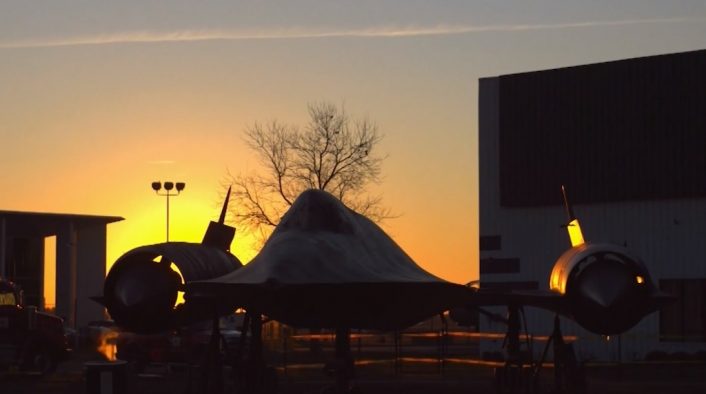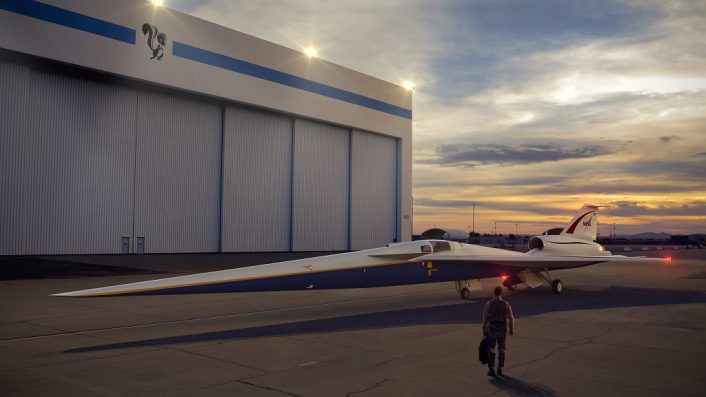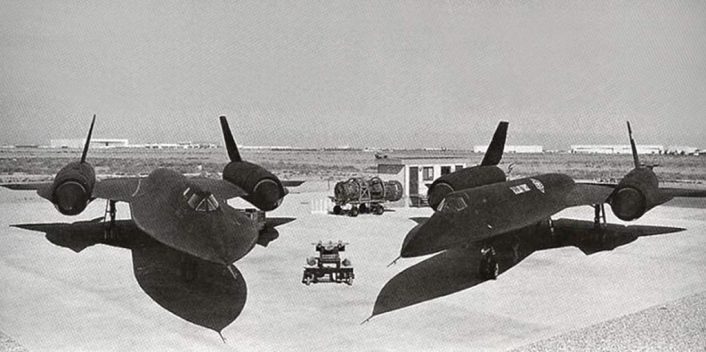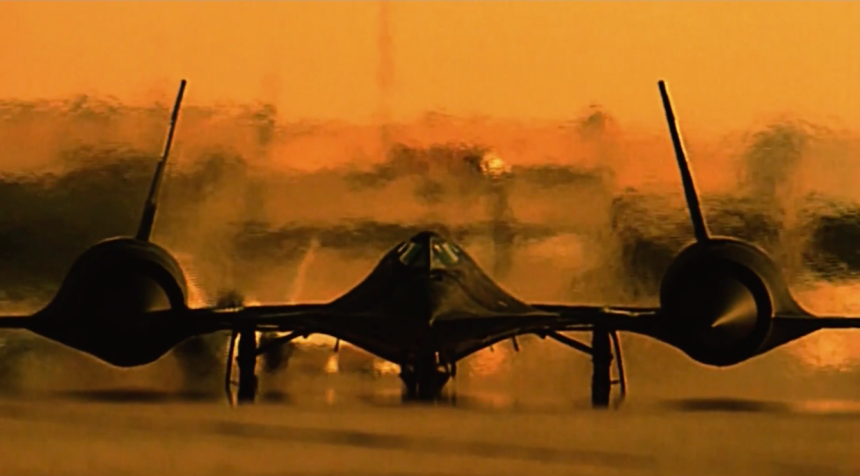The short film documents the move of the SR-71 in the galleries of the Science Museum of Virginia and the innovation story of the records-setting aircraft.
Back in 2015, it was decided to move the SR-71 Blackbird exhibited at the Virginia Aviation Museum, which was about to close a year later, to the new gallery of the Science Museum of Virginia to “inspire the future of invention”. The story of the Blackbird is, in fact, still taught today as a roadmap to true innovation.
Producer Todd Hervey, after learning about the museum’s plans, decided to document the move and tell the story of the innovation brought by the SR-71 and the Skunk Works. The self-funded locally produced film “Blackbird: Legacy of Innovation” was premiered two years later, in 2017, at the museum. Unexpectedly for Hervey, the documentary immediately gained traction and was broadcasted by many stations all over the United States, leading it to also win some important awards.

“I’m really lucky. It created other possibilities, and it became much bigger than I hoped. To have something get that big, a lot of it is also because of the existing Blackbird community. It’s Elon Musk’s favorite plane,” Hervey said.
The film begins talking about the decision to move the Blackbird and how innovation is deeply embedded in today’s world. Sean Roche, Associate Deputy Director at the Central Intelligence Agency (CIA) for Digital Innovation, further related the deep connection between innovation and the Blackbird: “For something that was not incremental, it fundamentally changed not only how we thought about collecting reconnaissance, but it actually changed what we knew at the time about aerospace design and aerospace dynamics. A lot of younger folks were shocked to hear this thing was designed and built in the 60’s. That is the thing that still amazes people today and inspires them. It inspires them, it teaches them, and all the people who worked on it are gone, but they really left us with an incredible legacy”.

The documentary goes on talking about Clarence “Kelly” Johnson and how he graduated in the brand-new field of aeronautical engineering, just 30 years after the Wright brothers’ first flight, and then went on to join Lockheed in 1935. His genius was clear to everyone since he started working on the P-38 Lightning and the L-049 Constellation, both representing technological breakthroughs for their era.
Here below you can watch the entire one-hour documentary. If you can’t see the embedded video, here’s another link to the film.
Shortly after Johnson implemented a first variant of its Skunk Works idea, an experimental shop where a small team of engineers, mechanics and business people was co-located to solve a problem very quickly with minimal resources and with an aggressive schedule. This is exactly what happened when works started on the P-80 Shooting Star, while Lockheed was in full wartime production, and Johnson built with his team a facility using engine crates and a circus tent, promising an aircraft ready in 180 days and delivering it instead in just 143 days. Johnson based his work on 14 simple rules, that you can find in detail on Lockheed Martin’s website.
Soon the experimental shop set up by Johnson picked up its nickname that is still used today by Lockheed Martin Advanced Development Programs. Steve Justice, formerly working at Skunk Works, recounted in the film the story behind the famous nickname:
“Summers in Burbank can be quite warm, so it could be pretty hot in there. It was pretty rough working conditions and right across the railroad tracks from this operation, which was called the experimental shop at the time, was a plastics factory. Plastics create a lot of smells when you process them and the winds would blow the smell across into this tent area.
Irv Culver, one of Kelly’s designers, was a big fan of the Al Capp cartoon Li’l Abner, and in Li’l Abner there was this building up on a hill, called the Skonk Works, where this elixir called Kickapoo Joy Juice was cooked up. It used a myriad of things, but it was strange, smells came out of the place and it was very secretive, and it reminded Irv of the environment they were in. One day he picked up the phone and answered “Skonk Works”, and Kelly fired him.
Kelly told him he had to be back at work the next day because they were under schedule, they had an airplane to get designed, but the name stuck. Al Capp actually contacted Lockheed and said that it was a copyrighted name. It was changed to Skunk Works and a Skunk mascot was developed for it.”

In 1954 Kelly’s team was awarded a secret contract to build a high-flying reconnaissance aircraft for a brand-new customer, the CIA. This was the beginning of the U-2 program and the Skunk Works became a sustaining organization, working on a secret airplane that had to stay secret. Because of this, it couldn’t be tested at the normal places used by Lockheed and that led Johnson to survey various location and choose a dry lake, better known as Groom Lake, with the CIA and Air Force approving and deciding to build there what is now known as Area 51.
When Francis Gary Powers was shot down in its U-2 over the Soviet Union, the need for a replacement begun to arise, requiring a maximum altitude of 80’000 ft, low Radar Cross Section (RCS) and capable to cruise at Mach 3. Kelly Johnson welcomed the challenge to innovate again and create an entirely new kind of aircraft that was virtually untouchable. That started a development project called “Gusto”, with the Skunk Works working on many stealth and conventional designs, but the stealth design wasn’t capable of the high speed and altitude required. Johnson ended up proposing the 11th design, a conventional aircraft that was capable of meeting the requirements but was rejected by the CIA because it was not stealth. Starting to work on another variant, Johnson designed the A-12 Oxcart, the first step towards the SR-71 Blackbird. The rest is history.









